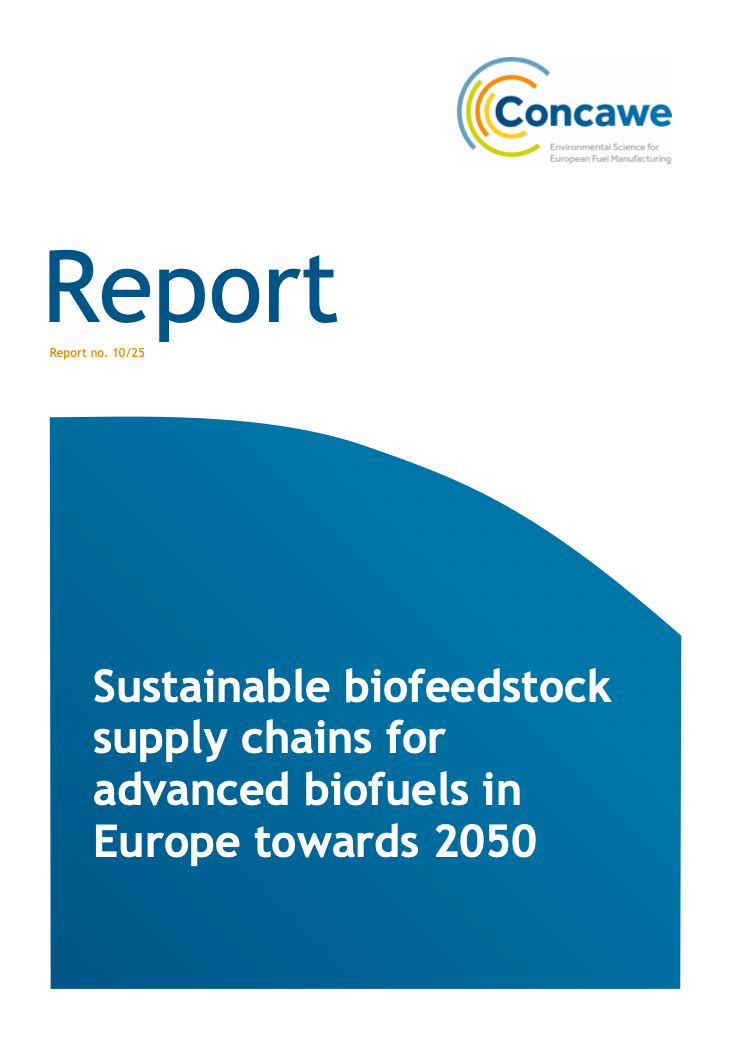Bio-hubs as keys to successful biomass supply for the bioeconomy

This report by IEA Bioenergy presents the case how the local community and rural development receive key benefits through biomass mobilisation. A model by Bioindustrial Innovation Canada (BIC) for a planned biorefinery gave farmers 20-30 % equity. According to BIC, farmer and producer inclusion brought trust and relationship that provides a strategic advantage, ensuring quality and quantity of the product. In the discussions on implementing bio-hubs in Canada, the status quo of forestry and agricultural supply chains was depicted per region. These discussions emphasised the importance of the local context, as low-risk bio-hubs will need to complement and co-operate with existing supply chains and infrastructure.
In discussion of the SWOT-analysis (see figure below) of existing and potential bio-hubs within Canada, it appeared that the main strengths of bio-hubs in Canada were the availability, quality and quantity of sustainable biomass. Weaknesses are the complex intergovernmental structures within Canada (federal, provincial, municipal, indiginous) with diverging interests or priorities, and limited access to capital caused by a lack of policy and regulations to incentivise investors. Furthermore, there is a lack of market for bio-based products within Canada.

The perceived top opportunities were underutilised forest and agricultural feedstocks, which could enter novel markets of increasing demand (such as bioplastics). Moreover, bio-hubs may provide entry points for emerging, innovative players in the bioeconomy that are frontrunners in novel conversion technologies, but have limited knowledge or experience of secure biomass supply chains. Finally, the top threats were identified to be uncertainty around bio-hubs concerning market, policy support and climate benefits. Past failures of bioeconomy projects were seen as another threat that could raise scepticism in potential investors. In addition, the lack of a national bioeconomy strategy from the federal government of Canada was perceived as a big threat.
This report from IEA Bioenergy Task 43 (Sustainable Biomass Integration for Bioenergy Within the Broader Bioeconomy) and Natural Resources Canada (NRCan) summarises the results of a recent NRCan workshop, including the informational presentations on "the successful establishment of bio-hubs in support of the Canadian bioeconomy", the collabortative analysis of strengths, weaknesses, opportunities and threats (SWOT) and identified actions to improve biomass mobilisation for energy purposes.
Based on the SWOT analysis' results shown above, the participants discussed possible actions that "build on strengths, minimize weaknesses, seize opportunities and mitigate threats". Group discussions revealed key argument points, which were collected and then again voted for individually. The top three actions voted for were:
Develop a framework to shift demand for increased use of bioproducts/biofuels or use government policy to create demand
Provide inventory of available feedstocks, their initial properties and the characteristics required by end-users
Provide federal funding for pilot bio-hub projects
Interestingly, groups focusing on different themes (e.g. policy, data, infrastructure) worked out similar key actions, such as increasing demand and working collaboratively "among partners, including all levels of government".
The results of the workshop will be used for informing interested parties and for investigating Canadian bio-hub case studies in collaboration with industry, universities, communities and the government.
Recente artikelen
Non-paper by The Netherlands, Ireland, Portugal, Luxembourg: Demand creation for clean products in the steel and chemical industry | 2025

New Strategic Framework for a competitive and sustainable EU Bioeconomy
Concawe: Sustainable biofeedstock supply chains for advanced biofuels in Europe towards 2050 | 2025


